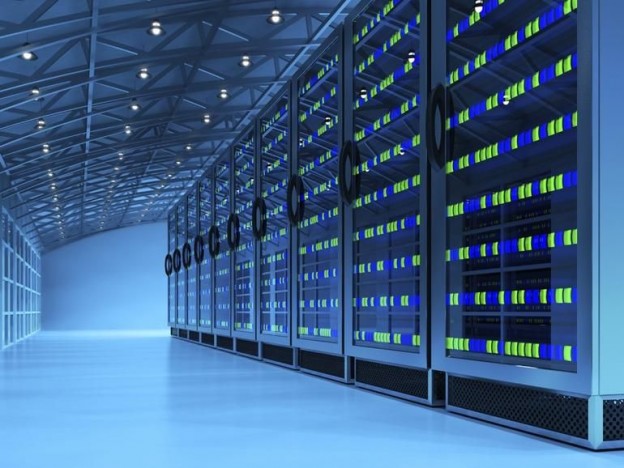In this inter-connected global economy, IOT is the latest buzz, which is considered to have a significant potential in transforming the entire data center market. The volume of business data generated by enterprises is expected to trigger heavy demand for data center facilities. In such a scenario, the need for web servers is expected to be pushed to the limit coupled with scaling-up of network bandwidth.
It is, therefore, projected by a leading information technology research & advisory firm Gartner that by the end of this decade approximately 26 billion units smart sensor devices would generate $300 billion revenue. This means most of the M2M (machine-to-machine) data will be processed either locally or will be sent to data centers for aggregation and analysis.
Let us take a quick glance at how IOT can transform the rapidly emerging data center industry:
IoT can connect multiple devices online along with streamlining data flow across these machines. The technology integrates enterprise systems as well as centralizes management of machines to offer real time information on location, functionality, and condition of devices.
Since it is economically and technically unfeasible to transfer all data/information to a single location, organizations need to aggregate data generated from multiple distributed centres to avert network connectivity concerns. Furthermore, information synchronization renders better utilization of resources, accurate understanding of delivery status, and enhanced productivity due to improved decision support.
More so, IoT is expected to generate huge amount of data, which will be widely distributed across the globe. To manage this massive data, new generation data center architecture needs to deploy a platform with forward looking capacity management approach that perfectly aligns IT & operational technology standards to process IoT data points. This will minimize business complexity while boosting on-demand capacity ensuring business continuity.
IOT environment provides data and business analytics that offer appropriate insights into an organization’s business requirements and helps in advance prediction of cyclical fluctuations. For this reason, technology pundits have confirmed that the implementation of IoT technology has successfully centralized data center applications while reducing overall costs and increasing security protocols.






 Live Chat
Live Chat